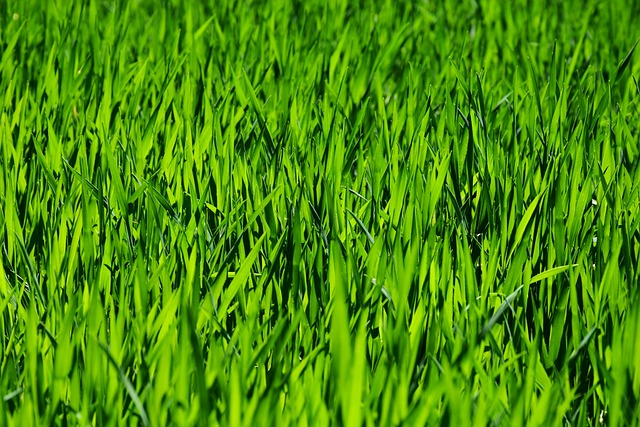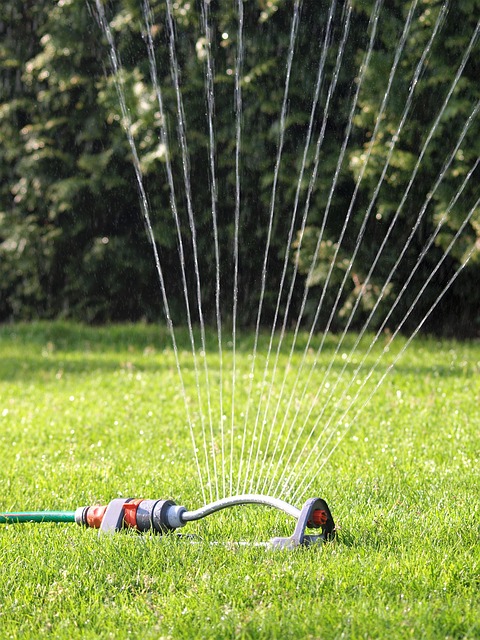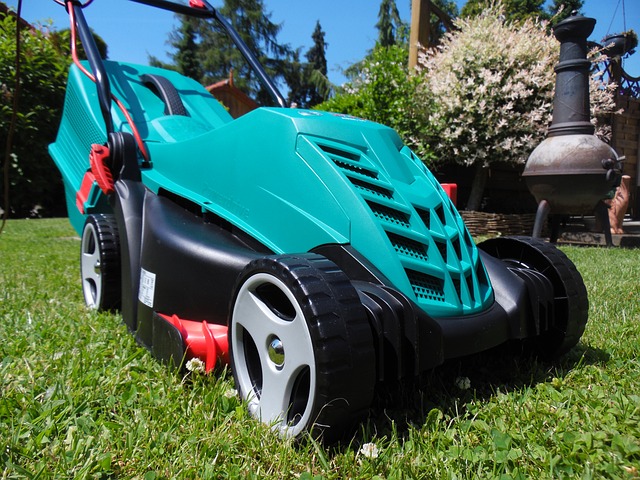Tree trimming and pruning are essential for lawn care and landscaping, offering structural improvements, new growth, risk mitigation, and enhanced aesthetics. Timing is critical, with species-specific cuts using sharp tools minimizing tree damage. Professionals provide expert care, balancing health and visual appeal through climate-adapted solutions. Engaging their services optimizes outdoor spaces, fostering lush landscapes that increase property value while supporting local ecosystems. Regular inspections, proper pruning techniques, and safe branch removal extend tree life and beauty, significantly enhancing landscaping.
Looking to maintain your property’s beauty and ensure tree health? Understanding proper tree trimming and pruning is essential. This comprehensive guide explores the benefits of regular maintenance, from enhancing aesthetics to promoting tree growth. We delve into best practices, highlighting the crucial role of professional lawn care and landscaping services. Learn effective techniques for safe and efficient tree care, fostering robust landscapes. Discover tips tailored for homeowners, covering everything from tool selection to seasonal considerations, ensuring your trees thrive.
- Understanding Tree Trimming and Pruning: Benefits and Best Practices
- The Role of Professional Lawn Care and Landscaping Services in Tree Maintenance
- Tips for Effective Tree Trimming and Pruning: A Comprehensive Guide for Homeowners
Understanding Tree Trimming and Pruning: Benefits and Best Practices

Tree trimming and pruning are essential practices in lawn care and landscaping that involve selectively removing parts of a tree to enhance its health, appearance, and safety. These services offer numerous benefits, including improving tree structure, promoting new growth, reducing risk from fallen branches, and enhancing overall aesthetics of your outdoor space. Regular trimming can also help prevent disease and pest infestations by removing dead or diseased limbs.
Best practices dictate that pruning should be done at the right time of year for each tree species, as timing influences the healing process. Using clean, sharp tools ensures precise cuts, minimizing damage to the tree. Professionals in lawn care and landscaping are trained to understand the unique requirements of different tree types, ensuring safe and effective trimming and pruning that supports the long-term health and vitality of your trees.
The Role of Professional Lawn Care and Landscaping Services in Tree Maintenance

In today’s world, where aesthetics and functionality go hand in hand, professional lawn care and landscaping services play a pivotal role in enhancing outdoor spaces. These experts are well-versed in the art of tree maintenance, ensuring not only the health but also the aesthetic appeal of your greenery. Tree trimming and pruning, in particular, are essential practices that require skill and knowledge to avoid damaging these valuable natural assets.
Professional lawn care companies offer specialised services tailored to different tree species, climates, and specific client needs. Their expertise includes identifying the appropriate time for trimming, understanding the best techniques for pruning to promote growth, and ensuring the safety of both the trees and those around them. By employing these services, homeowners and property managers can maintain a lush, well-managed landscape that adds value to their properties, all while promoting the overall health of the local ecosystem.
Tips for Effective Tree Trimming and Pruning: A Comprehensive Guide for Homeowners

Effective tree trimming and pruning are essential aspects of lawn care and landscaping, ensuring your trees remain healthy and visually appealing. Here’s a comprehensive guide for homeowners to help you navigate this process. Firstly, understand that timing is crucial—the best time to trim or prune depends on the type of tree; late winter or early spring is generally ideal for most deciduous trees, while evergreens should be pruned in late summer or early fall.
Regular inspection is another vital tip. Look out for dead, diseased, or damaged branches that could pose a safety hazard and remove them promptly. Use clean, sharp tools to make precise cuts, preventing the spread of diseases. When pruning, aim to thin out the canopy, removing crossing or rubbing branches, and encourage airflow and sunlight penetration to the tree’s base. For larger branches, consider using professional equipment for safe and effective removal. Incorporating these practices into your lawn care routine will contribute to the longevity and beauty of your trees, enhancing the overall aesthetics of your landscaping.
Tree trimming and pruning are essential aspects of lawn care and landscaping, promoting healthy tree growth and enhancing outdoor aesthetics. By understanding the benefits and best practices outlined in this article, homeowners can effectively maintain their trees with professional-level care. Leveraging the expertise of qualified professionals ensures optimal results, saves time, and contributes to a lush, well-maintained landscape. Incorporating regular trimming and pruning into your lawn care routine is a surefire way to foster robust and beautiful tree growth.
